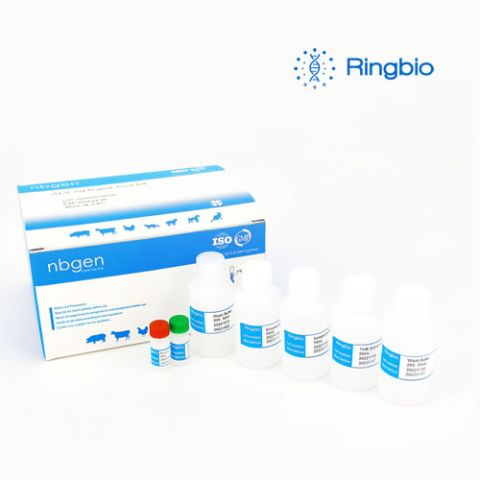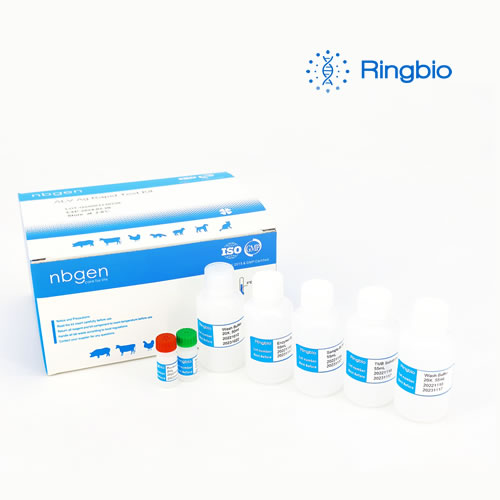
Brucella RBPT Rose Bengal Reagent is for rapid testing of brucella specific antibody in multispecies such as bovine, ovine, caprine. It is based on the agglutination of antigen and antibodies.
Brucellosis and brucella
Brucellosis is a bacterial disease caused by various Brucella species, which mainly infect cattle, swine, goats, sheep and dogs. Humans generally acquire the disease through direct contact with infected animals, by eating or drinking contaminated animal products or by inhaling airborne agents. Most cases are caused by ingesting unpasteurized milk or cheese from infected goats or sheep.
Brucellosis is one of the most widespread zoonoses transmitted by animals and in endemic areas, human brucellosis has serious public health consequences. Expansion of animal industries and urbanization, and the lack of hygienic measures in animal husbandry and in food handling, partly account for brucellosis remaining a public health hazard.
Key features of the Brucella RBPT Rose Bengal Reagent
- Traditional and classic method.
- Low cost and sensitive.
- Easy to operate without any instrument.
Specifications of the Brucella RBPT Rose Bengal Reagent
- The reagent is an inactive antigen prepared in buffers and dyes.
- Each vial is 15ml, and each pack contains 10vials, 150ml reagent in total
- For each testing, only 30ul is needed, thus 500 reactions are included in each pack.
- This reagent is applied in serum sample from cattle, goat, sheep, etc.
| Product name | Brucella RBPT Rose Bengal Reagent |
|---|---|
| Product code | T010 |
| Unit Size | 15ml / vial, 10 vials per pack |
| Principle | immunoassay |
| Species | Bovine, goat, sheep |
| Samples | Serum, plasma |
| Specificity | >99% |
| Sensitivity | >80% |
| Shelf-life | 12 months |
| Storage | 2-8 oC |
| Approval | this reagent is approved by Ministry of Agriculture |
Operation of using the Brucella RBPT Rose Bengal Reagent
- Take serum 30μl and mix with 30μl Rose Bengal reagent on a clean glass pane, glass slide or enamel plate.
- Mix the drops with a stirrer, spreading them over the entire surface of the circle.
- The mixture is then agitated gently, wait for 5 minutes at ambient temperature.
- Observe the circle for agglutination. Any visible reaction is considered to be positive.
- For any positive result, extra complement fixation test should be conducted to confirm it.
Further reading on Brucella testing
- ANSES, EU Reference Laboratory for Brucellosis, Standard Operating Procedure Animal Brucellosis Control of Rose Bengal, Complement Fixation and Milk Ring-test antigens
- Ekiri, A. B., Kilonzo, C., Bird, B. H., VanWormer, E., Wolking, D. J., Smith, W. A., Masanja, H., Kazwala, R. R., & Mazet, J. A. K. (2020). Utility of the Rose Bengal Test as a Point-of-Care Test for Human Brucellosis in Endemic African Settings: A Systematic Review. Journal of tropical medicine, 2020, 6586182. https://doi.org/10.1155/2020/6586182




